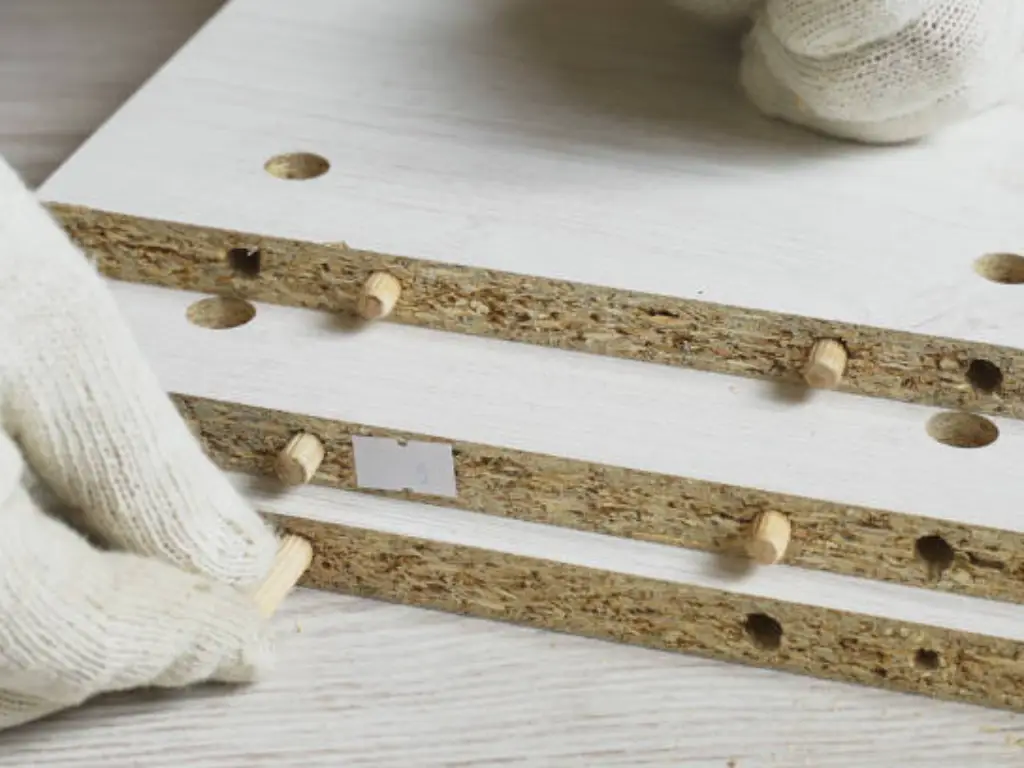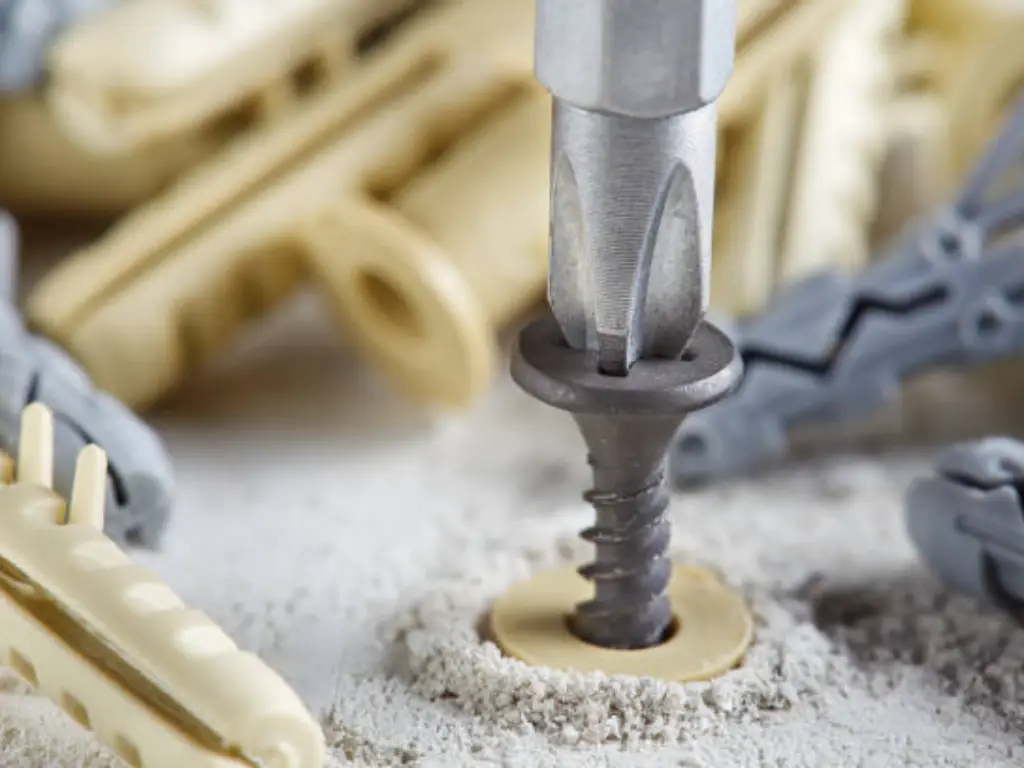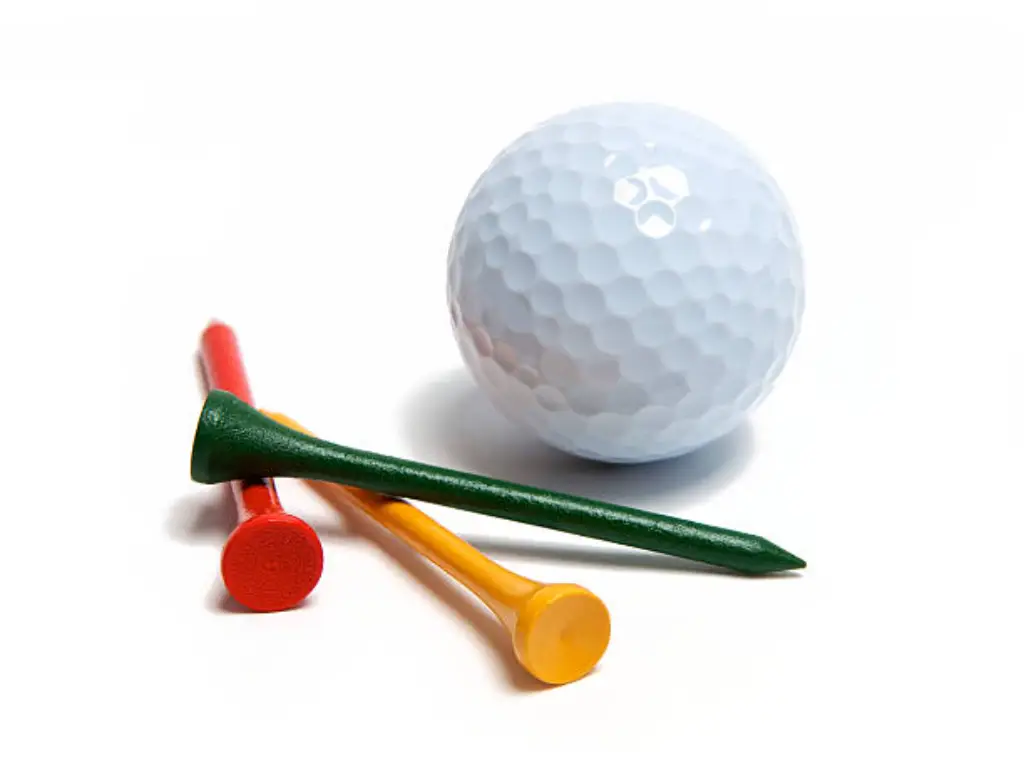Why Do Screws Loosen in Wood?
Wood expands and contracts due to larger diameter changes in temperature and humidity. This constant movement causes larger diameter wood screws to gradually loosen over time, creating loose screw holes. The direction of the wood grain and density can also affect how tightly a wood screw grips. Pilot holes that are the wrong size or overtightening can strip the wood fibers, leading to a loose fit.
Also, the issue of old, dried-out wood can make it less able to hold screws securely. As wood ages, it loses moisture and becomes more brittle, often resulting in loose screws that won’t tighten on older furniture and woodworking projects.
| Method | Pros | Cons |
| Using Wooden Dowels | – Strong and durable – Suitable for high-stress areas – Long-lasting repair | – Requires more tools and effort – May be challenging for beginners |
| Toothpick or Matchstick Trick | – Quick and easy – Inexpensive – Good for small holes | – Less durable for high-stress areas – Short-term solution |
| Larger or Longer Screws | – Simple solution – Improved grip and anchoring | – May require re-drilling holes – Limited to certain applications |
| Rawl Plugs | – Versatile – Strong and long-lasting – Easy to use | – Requires purchasing additional materials |
| Wooden Splints | – Custom fit – Robust repair – Utilizes scrap wood | – Requires woodworking skills – Time-consuming process |
| Steel Wool | – Quick and easy – Inexpensive | – Not suitable for moisture-prone areas – Temporary solution |
| Golf Tee Hack | – Clever and creative – Good for small to medium holes | – Limited durability for high-stress areas – May require trimming |
| Toilet Paper and Glue | – Strong and dense filler – Inexpensive materials – Good for larger holes | – Messy application – Requires drying time |
Tools and Materials Needed for Repairing Loose Screw Holes
You will need some basic tools and materials to fix loose screws in wood. First, get a set of screwdrivers and a drill with different drill bit sizes. Wood glue is important, and it’s best to use waterproof glue. Additionally, have a hammer, a utility knife or chisel, and some scrap wood ready.
Depending on the repair method you choose, you may need other materials too. For example, wooden dowels, toothpicks or matchsticks, longer or larger screws, rawl plugs, steel wool, golf tees, or even toilet paper.
Having all these items ready will help you deal with any loose screw situation effectively. You will be prepared to fix the issue properly.
Option 1: Using Wooden Dowels to Reinforce the Screw Hole
Using wooden dowels is a robust way to fix loose screw holes in wood. First, drill out the existing hole using a drill bit that is slightly larger diameter than the dowel’s diameter.
Next, cut a dowel piece slightly larger diameter and make it slightly longer than the hole’s depth. Apply wood glue to the dowel piece.

Then, gently tap the dowel into the hole using a hammer until it is flush with the wood surface. Let the glue dry completely. After that, drill a new small pilot hole through the center of the dowel.
The reinforced hole with the dowel will provide a tight, secure fit for your wood screw. Dowels create a solid, long-lasting repair.
They are an excellent choice for areas with high stress or frequent movement because dowels make the repair very strong and durable.
Option 2: The Toothpick or Matchstick Trick with Wood Glue
For a quick and easy fix, try the toothpick or matchstick trick. Start by inserting several toothpicks or matchstick pieces into the loose screw hole, breaking them off flush with the wood surface. Apply a generous amount of wood glue over the broken pieces, allowing it to seep into the hole.
Once the glue has dried completely, you can re-drill a small pilot hole and insert your original screw. The glue-soaked toothpicks or matchsticks will expand and harden, creating a tight grip on the screw threads.
This method is ideal for smaller screw holes and less demanding applications, as it provides a quick and inexpensive solution.
Option 3: Trying Larger or Longer Screws for a Tighter Fit
Sometimes, the simplest solution is to use a screw with a larger diameter or longer length. If your existing screw hole is too wide or shallow, replacing it with a screw that has a wider diameter or longer length can help it bite into the surrounding wood more effectively.
Start by removing the old screw and measuring the hole’s dimensions. Purchase a new screw that is slightly larger diameter or longer length than the original. You may need to drill a slightly larger hole to accommodate the new screw size.
Longer screws can reach deeper into the wood, providing better anchoring, while wider screws create more surface contact with the surrounding material. This approach is particularly useful for securing hardware or reinforcing loose joints.
Option 4: Rawl Plugs – An Effective Screw Hole Repair Solution
Rawl plugs, also known as screw anchors or wall plugs, are a popular choice for repairing loose screw holes in wood. These plastic or nylon inserts are designed to expand and grip the inside of the hole when a screw is driven into them.

To use rawl plugs, start by drilling a hole slightly larger diameter than the plug’s diameter. Gently tap the plug into the hole until it’s flush with the surface. Then, simply drive your original screw into the center of the plug, and it will expand to create a tight, secure fit.
Rawl plugs are versatile and can be used in various woodworking projects, from furniture repairs to door frame hinge installations. They provide a strong, long-lasting solution for loose screw holes.
Option 5: Crafting Wooden Splints for a Custom Screw Hole Filler
If you have some basic woodworking skills, you can create a custom screw hole filler using small wooden splints or shims. Start by cutting thin strips of wood from a scrap piece, slightly wider than the loose hole’s diameter.
Apply wood glue to the strips and carefully insert them into the hole, spreading them out evenly. Use a hammer or mallet to gently tap the splints down, compacting them into the hole.
Once the glue has dried, trim off any excess splint material flush with the surface using a sharp chisel or utility knife. Finally, drill a new pilot hole through the center of the filler, and your screw will have a tight, custom-fitted hole to grip.
Option 6: Using Steel Wool for Lightweight Screw Applications
For lightweight applications or temporary fixes, steel wool can provide a quick and easy solution for loose screw holes. Simply stuff the loose hole with steel wool, packing it tightly until it’s level with the wood’s surface.
When you drive the screw back in, the steel wool will compress and create friction against the screw threads, effectively tightening the fit. This method works best for small screws and low-stress applications, as steel wool can compress over time.
It’s important to note that steel wool may not be suitable for outdoor projects or areas prone to moisture, as it can rust and potentially stain the surrounding wood.
Option 7: The Clever Golf Tee Hack for Repairing Screw Holes
If you have a few spare golf tees lying around, you can use them to repair loose screw holes in a pinch. Start by carefully hammering the golf tee into the loose hole, leaving just the top portion exposed.
Apply a generous amount of wood glue around the tee, allowing it to seep into the surrounding wood. Once the glue has dried, use a utility knife or chisel to trim off the protruding tee flush with the surface.
Finally, drill a new pilot hole through the center of the tee, and you’ll have a reinforced hole ready for your screw. This clever hack works well for small to medium-sized screw holes and provides a surprising amount of grip.

Option 8: Toilet Paper and Glue Filler for Strong Hole Repair
For a strong and inexpensive hole repair solution, try using toilet paper and wood glue. Start by tearing off small strips of toilet paper and stuffing them tightly into the loose screw hole.
Once the hole is firmly packed, apply a generous amount of wood glue over the top, allowing it to saturate the toilet paper. Let the glue dry completely, creating a solid, dense filler.
Finally, drill a new pilot hole through the center of the filler, and you’ll have a secure hole ready for your screw. This method is particularly effective for larger or deeper holes, as the glue-soaked toilet paper creates a robust, long-lasting repair.
Preventive Measures: Avoiding Loose Screw Holes in the Future
While the above methods can effectively repair loose screw holes, it’s always better to prevent the issue from occurring in the first place. Here are some preventive measures to keep in mind:
- Use properly sized pilot holes: Drill pilot holes that are slightly smaller than the screw’s diameter to ensure a tight fit.
- Avoid overtightening: Overtightening screws can strip the wood fibers, leading to loose holes over time.
- Consider wood type: Hardwoods like oak or maple hold screws better than softwoods like pine or cedar.
- Use coarse-threaded screws: Coarse threads bite into the wood more aggressively, providing a tighter grip.
- Opt for self-tapping screws: Self-tapping screws create their own threads as they’re driven in, improving their hold.
- Apply wood glue: A small amount of glue in the pilot hole can help secure the screw and prevent loosening.
By following these simple preventive measures, you can avoid loose screw holes and ensure a secure, long-lasting fit for your woodworking projects.
Conclusion
Loose screws in wood can be frustrating. However, with the right techniques and materials, this problem is easy to solve. You can use wooden dowels, rawl plugs, custom fillers, or clever hacks like golf tees or toilet paper. There is a solution for every situation and skill level.
It is important to remember this: prevention is better than cure. Be sure to follow best practices when installing screws in wood. This will help you avoid loose holes in the future. With patience and the right approach, you can easily fix loose screws that won’t tighten in wood. Your woodworking projects will have a sturdy, long-lasting finish.






